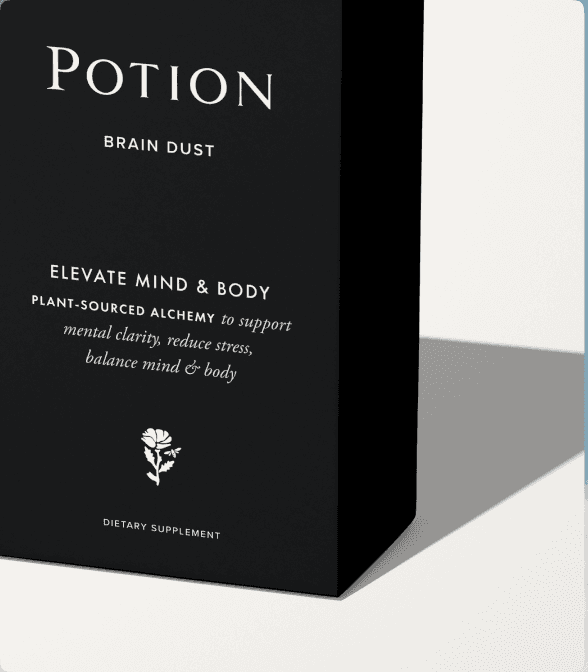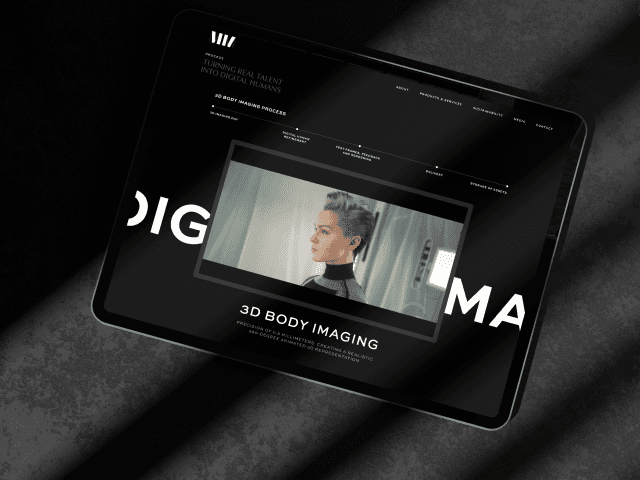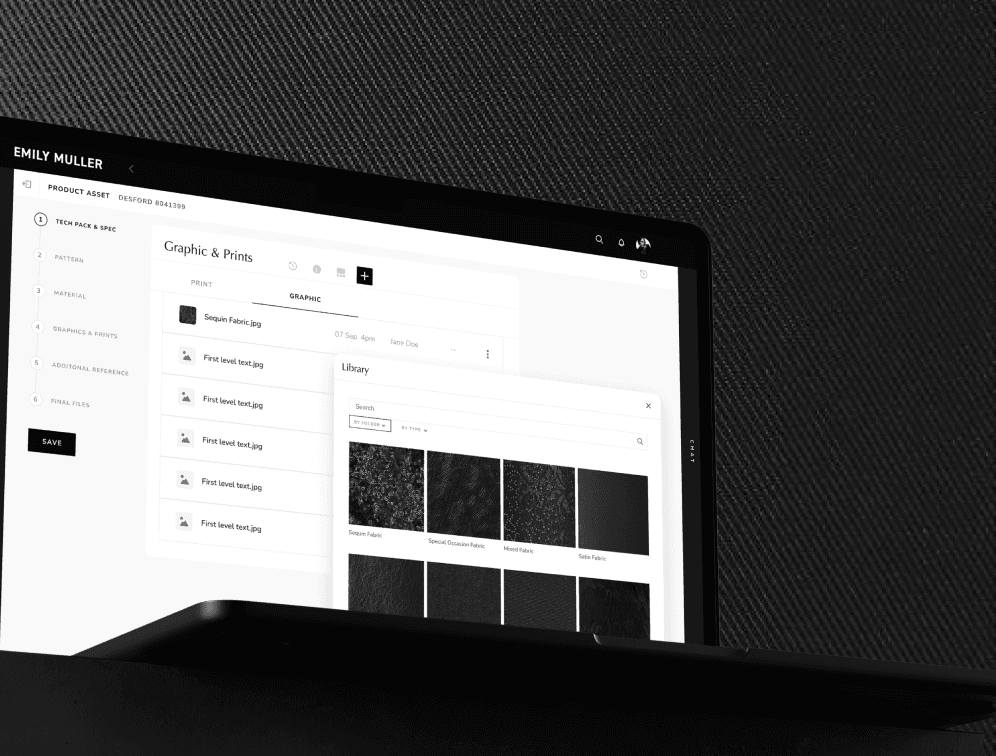Client
STEALTH
Industry
SAAS
Services Provided
Stack
Smart Content Editor – Breaking Silos in Enterprise Documentation
As part of corporate innovation program, I led the design of an AI-assisted content editor aimed at solving a common pain point in large organizations: fragmented content creation. In just 8 weeks, I collaborated closely with a product manager and senior designers to define and prototype an MVP that was later pitched to global leadership.
This tool was built to streamline internal documentation workflows by connecting knowledge that was previously siloed across teams, tools, and departments. We integrated smart suggestions, internal knowledge graphs, and real-time fact checking to empower writers with context-aware guidance—transforming scattered, redundant writing efforts into cohesive organizational intelligence.
I designed intuitive UI patterns that minimized complexity while supporting dynamic content types and multi-channel publishing. From information architecture to tone customization and export logic, every decision was driven by clarity, user empowerment, and future scalability.
Format-First Content Creation
This screen introduces a format-first approach to writing. Users select the intended output format—such as Web Article, LinkedIn Post, Internal Wiki, or Executive Summary—before they begin writing.
On the right, a dynamic tone adjustment tool allows users to fine-tune the writing style in real-time, ensuring the message matches the format and audience.
Annotation: AI-Powered Fact Verification
When users highlight a factual claim, the AI assistant scans trusted sources to verify its accuracy and presents a citation with confidence.
The right sidebar displays a verification status indicator, while a contextual tooltip provides suggested citations the user can insert with a single click. This feature ensures that content—especially in legal, medical, or enterprise contexts—is accurate, reliable, and compliant.
By integrating fact-checking directly into the writing flow, the tool minimizes errors, boosts credibility, and saves time switching between external research tools.
Document Navigation & Content Management
integrated content management system within the editor. The left sidebar allows users to browse, organize, and access multiple draft documents, streamlining navigation and improving writing productivity across different content types and projects.
Users can quickly switch between documents, filter by status or start a new piece using the “Create New” button.
Adaptive Tone & Style Controls
We introduced tone presets not just to offer style choices—but to solve a recurring alignment problem across teams: inconsistent voice across formats and stakeholders. In fast-moving orgs, writers are often unsure how formal, confident, or casual they should be—especially when the same content gets repurposed for legal review, executive updates, or social media.
Rather than relying on brand guidelines as PDFs, we embedded tone as an interactive design system within the writing workflow. The presets act as UX affordances: quick entry points to align intent with the audience. The slider allows for nuance without overwhelming the user.
Knowledge Graphs into the Writing Workflow
This interface connects organizational knowledge to the point of content creation. Rather than forcing writers to search through siloed folders or Slack threads, the system surfaces people, documents, and internal insights related to the detected topic
We designed this right-hand panel to act as a lightweight knowledge graph—contextually aware and permission-aware—pulling in experts, previous work, and relevant files automatically. The UX is structured to reduce friction: authors stay focused while still accessing trusted references, contributors, and shared understanding across departments.
This design balances discoverability with clarity, helping large teams write smarter without ever leaving the editor.
Multi-Channel Export Experience for Modern Workflows
This export model is paired with visual previews and icons that signal distribution type at a glance, minimizing decision friction.
This design reflects a broader shift: writing tools must now operate not just as editors, but as distribution hubs across internal and public ecosystems












